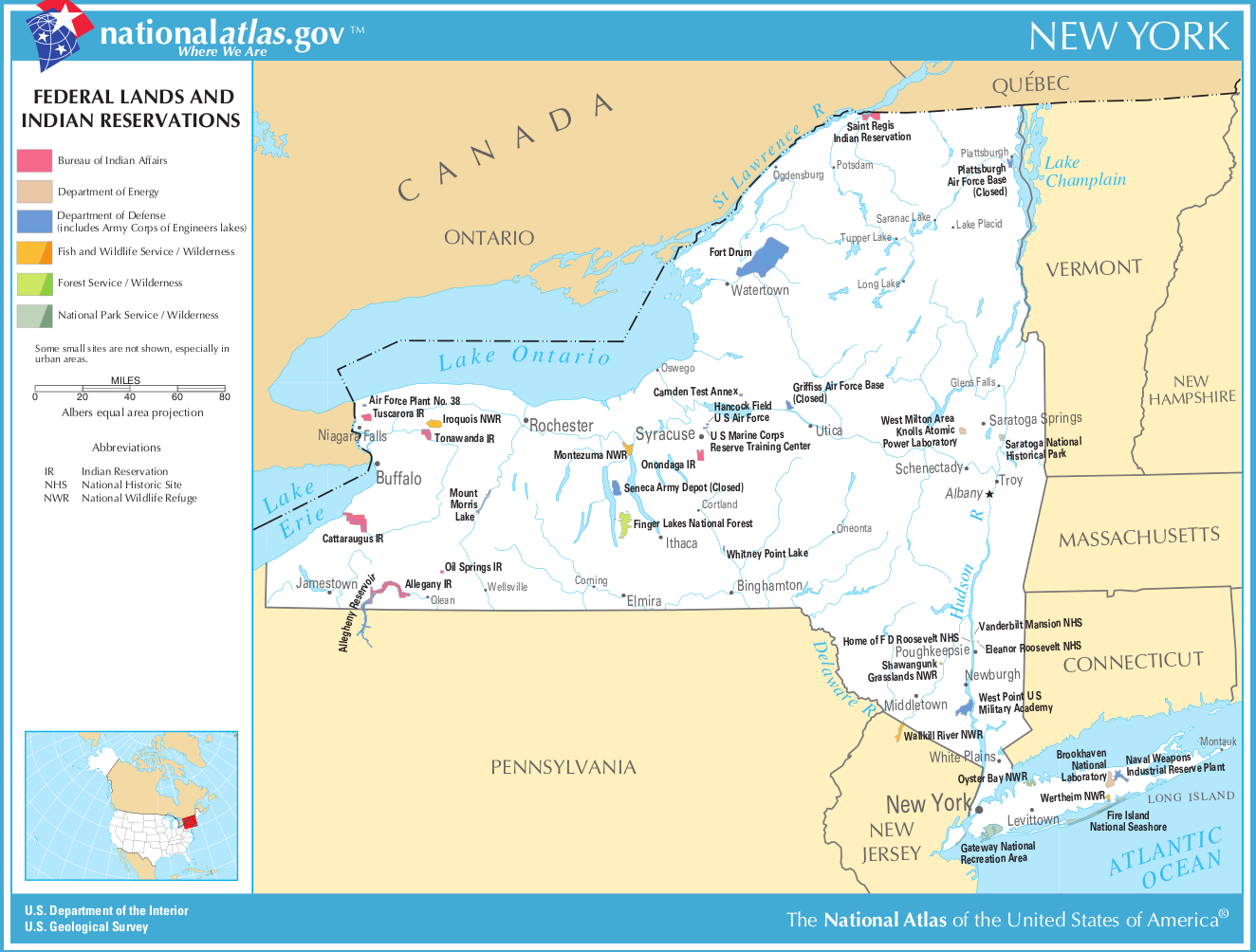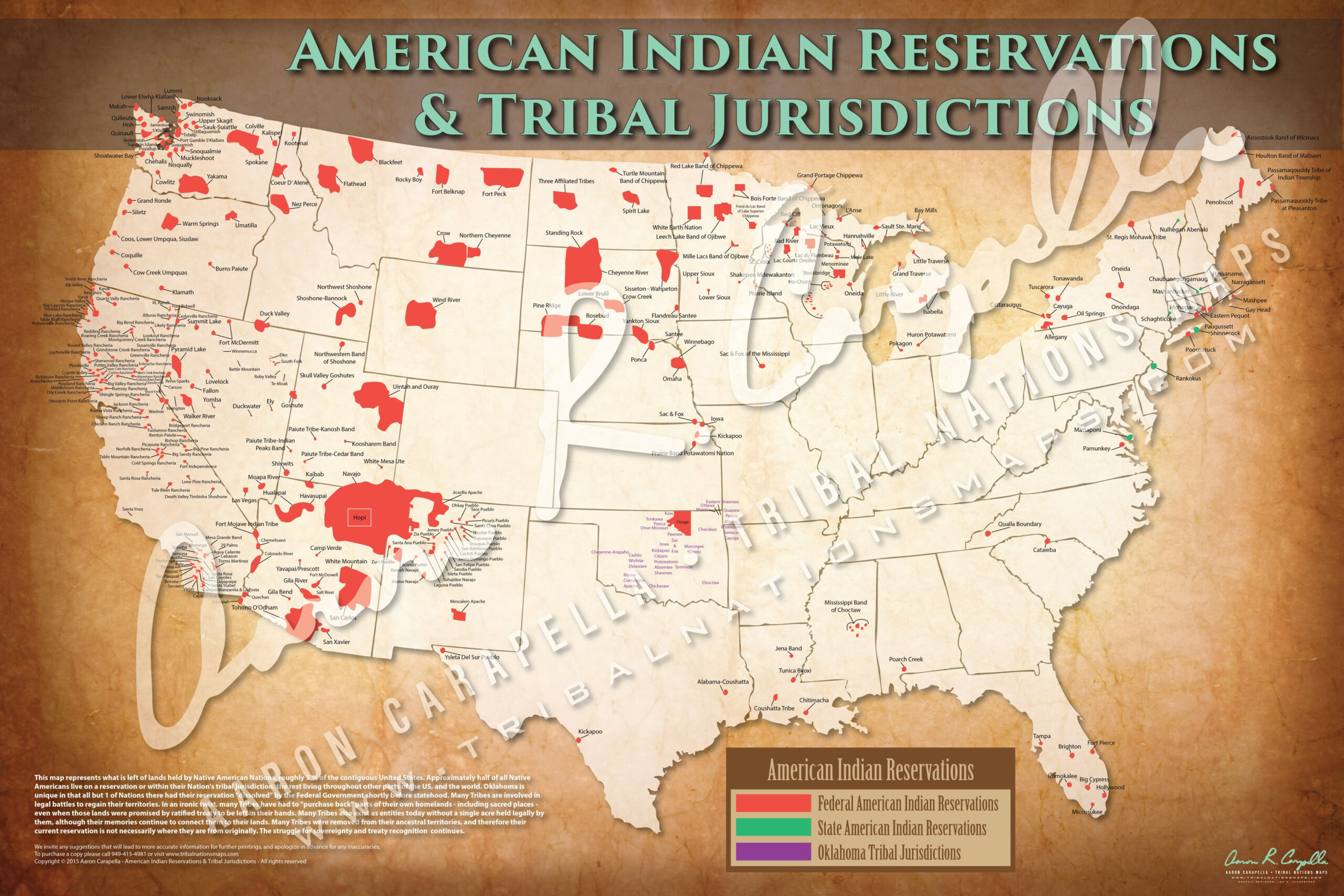Unveiling New York’s Hidden Gems: A Guide to the State’s Indian Reservations
Unveiling New York’s Hidden Gems: A Guide to the State’s Indian Reservations

New York State is a melting pot of cultures and histories, but one often overlooked facet is the rich tapestry woven by its Native American communities. Scattered across the state, from the rolling hills of the Catskills to the shores of Lake Ontario, lie thirteen federally recognized Indian reservations. These lands, steeped in tradition and resilience, offer a unique glimpse into a world often hidden from view.
For those looking to explore beyond the typical tourist trail, a journey through these reservations is a captivating experience. It’s a chance to learn about ancient traditions, witness vibrant cultural celebrations, and discover the beauty of self-sufficiency and community spirit.
Related Articles: Unveiling New York’s Hidden Gems: A Guide to the State’s Indian Reservations
- Land Of The Haudenosaunee: A Look At New York’s Modern Reservations
- Boom! Where Can I Find Fireworks Near Me? (Hint: Think Reservations)
- Unveiling the Treasures of Colorado's Indian Reservations: Discoveries and Insights Await
- Unveiling the Enigma: Native American Reservations in the United States
- Unveiling Arizona's Native Treasures: A Journey to Indian Reservations
More Than Just a Map: A Window into History
A map of New York State’s Indian reservations isn’t just a collection of dots on a page; it’s a visual representation of a complex and compelling history. These lands, often referred to as "reservations," are a testament to the enduring spirit of Native American tribes who have called this region home for centuries. Each reservation holds its own unique story, its own cultural heritage, and its own struggles and triumphs.
Understanding the Reservations: More Than Just Geography
To truly appreciate the significance of these reservations, it’s important to understand the historical context. Before European colonization, the land that is now New York State was home to numerous Native American tribes. These tribes lived in harmony with the land, developing complex social structures and spiritual beliefs.
However, with the arrival of Europeans, the lives of Native Americans were drastically altered. Forced from their ancestral lands, many tribes were confined to smaller territories, often referred to as "reservations." These reservations were a far cry from the vast lands they once called home, but they provided a space for Native American communities to maintain their traditions and cultural identity.
Exploring the Map: A Journey Through Diversity
Let’s take a closer look at some of the thirteen federally recognized Indian reservations in New York State. Each one offers a unique perspective on Native American culture, history, and contemporary life:
-
The St. Regis Mohawk Tribe: Located in northern New York, bordering Canada, the St. Regis Mohawk Tribe is known for its vibrant cultural heritage and its strong community spirit. Visitors can explore the tribe’s museum, attend traditional powwows, and learn about the tribe’s role in the fur trade.
-
The Oneida Indian Nation: Situated in central New York, the Oneida Indian Nation has a long and complex history. They played a crucial role in the American Revolution, fighting alongside the colonists. Today, the Oneida Indian Nation is known for its successful economic ventures, including the Turning Stone Resort Casino.

-
The Onondaga Nation: The Onondaga Nation, located near Syracuse, is one of the original Six Nations of the Iroquois Confederacy. The tribe is known for its strong connection to the land and its commitment to preserving its traditional language and culture. Visitors can learn about the tribe’s history at the Onondaga Nation Cultural Center.

The Cayuga Nation: The Cayuga Nation, also a member of the Iroquois Confederacy, is located in western New York. The tribe has faced significant challenges in recent years, including land disputes and legal battles. However, the Cayuga Nation remains committed to preserving its culture and traditions.
-
The Seneca Nation: The Seneca Nation, with its territory spanning across New York State, is known for its powerful influence within the Iroquois Confederacy. The tribe is also known for its involvement in the gaming industry, with the Seneca Allegany Casino and Hotel being a major economic driver in the region.
-
The Tuscarora Nation: The Tuscarora Nation, located in Niagara County, is the sixth and final member of the Iroquois Confederacy. The tribe is known for its resilience and its strong sense of community. Visitors can learn about the tribe’s history at the Tuscarora Nation Museum.
-
The Shinnecock Nation: The Shinnecock Nation, located on Long Island, is one of the smallest federally recognized tribes in New York State. The tribe has faced significant challenges in preserving its land and culture, but it remains committed to its traditions.
-
The Poospatuck Nation: The Poospatuck Nation, also located on Long Island, is another small tribe that has faced challenges in preserving its cultural heritage. However, the tribe is working to revitalize its language and traditions.
-
The Ramapough Lenape Nation: The Ramapough Lenape Nation, located in northern New Jersey, is recognized by the state of New York as a Native American tribe. The tribe has a long history in the region and is known for its unique cultural traditions.
-
The Tonawanda Band of Seneca: The Tonawanda Band of Seneca, located in western New York, is one of the six Seneca nations. The tribe is known for its strong community spirit and its commitment to preserving its cultural heritage.
-
The Cattaraugus Territory: The Cattaraugus Territory, located in western New York, is home to several Seneca nations. The territory is known for its beautiful natural landscapes and its rich cultural heritage.
-
The Allegany Territory: The Allegany Territory, also located in western New York, is another Seneca territory. The territory is known for its strong sense of community and its commitment to self-sufficiency.
-
The Akwesasne Mohawk Territory: The Akwesasne Mohawk Territory, located on the border of New York, Ontario, and Quebec, is a unique example of a reservation that spans across international boundaries. The tribe is known for its strong cultural identity and its commitment to preserving its language and traditions.

Beyond the Map: Engaging with Native American Culture
While a map provides a visual representation of these reservations, it’s just the starting point for understanding their true significance. To truly appreciate the vibrant cultures and traditions of these communities, it’s essential to engage with them directly.
Here are some ways to connect with New York State’s Native American communities:
-
Visit tribal museums and cultural centers: These institutions offer a glimpse into the history, art, and traditions of each tribe.
-
Attend powwows: Powwows are vibrant cultural celebrations that showcase traditional music, dance, and crafts.
-
Support Native American businesses: Many reservations have thriving businesses that offer everything from handcrafted jewelry and artwork to traditional foods and services.
-
Learn about Native American history and culture: There are numerous resources available online and in libraries that can help you learn more about Native American history and culture.
-
Be respectful of Native American traditions and beliefs: When visiting a reservation, it’s important to be respectful of Native American traditions and beliefs. Ask questions, but be mindful of cultural sensitivities.
A Journey of Discovery
Exploring New York State’s Indian reservations is a journey of discovery. It’s a chance to learn about the resilience and spirit of Native American communities, to witness the beauty of their cultural traditions, and to gain a deeper understanding of the complex history of this region.
FAQs about New York State’s Indian Reservations:
Q: How many Indian reservations are there in New York State?
A: There are thirteen federally recognized Indian reservations in New York State.
Q: Where are the Indian reservations located?
A: Indian reservations are located throughout New York State, from the Adirondack Mountains to Long Island.
Q: What are the names of the tribes that live on the reservations?
A: The tribes that live on the reservations include the Mohawk, Oneida, Onondaga, Cayuga, Seneca, Tuscarora, Shinnecock, Poospatuck, Ramapough Lenape, Tonawanda Band of Seneca, Cattaraugus Territory, Allegany Territory, and Akwesasne Mohawk Territory.
Q: What can I do on the reservations?
A: You can visit tribal museums and cultural centers, attend powwows, support Native American businesses, learn about Native American history and culture, and experience the beauty of the natural landscapes.
Q: How can I be respectful of Native American traditions and beliefs?
A: Be mindful of cultural sensitivities, ask questions respectfully, and avoid making assumptions about Native American cultures.
Q: Where can I find more information about New York State’s Indian reservations?
A: You can find more information online, at libraries, and by contacting the individual tribes.
Remember, exploring these reservations is not just about sightseeing; it’s about engaging with a living culture, understanding a complex history, and appreciating the enduring spirit of Native American communities in New York State.

Closure
Thus, we hope this article has provided valuable insights into Unveiling New York’s Hidden Gems: A Guide to the State’s Indian Reservations. We appreciate your attention to our article. See you in our next article!


